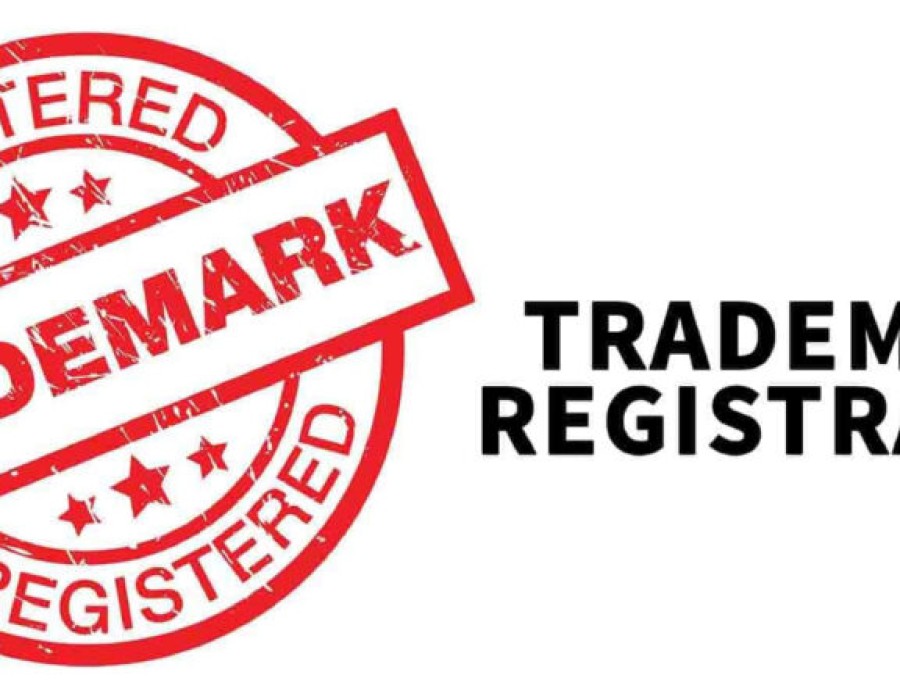What is a Trademark?
A trademark is more than just a name or a logo. It’s your brand’s fingerprint in the marketplace. Legally, a trademark is any mark—name, symbol, logo, word, phrase, or even a sound—that identifies and distinguishes the source of goods or services of one party from another.
Let’s say you’re starting a coffee brand called “BrewBuzz.” The name, the logo of a steaming cup, and even your unique slogan “Wake Up with Buzz!” can all be protected under trademark law.
Here's what trademarks help you do:
Prevent competitors from using similar names or logos.
Build a trustworthy image with customers.
Boost your brand’s market value and goodwill.
Gain legal protection in case of infringement.
Simply put, your trademark is your identity, and registering it ensures no one else can claim it.
Why Trademark Registration is Essential
You might wonder: “If I’ve been using my brand name for years, why do I need to register it?”
Here’s why trademark registration is not optional—it’s crucial:
Legal Ownership: Only registration grants you exclusive ownership of the mark.
Nationwide Protection: Once registered, your trademark is protected across India.
Lawsuit Protection: You can sue anyone using your brand unlawfully.
Business Credibility: A registered trademark adds professionalism and trust to your brand.
Monetization: You can license your brand or sell the trademark in the future.
Customs Protection: Prevent counterfeit goods from entering India using your brand.
In short, registering your trademark is like locking the door to your house—you don’t wait for someone to break in before you secure it.
Types of Trademarks in India
Word Marks, Logos, and Combination Marks
When applying for a trademark, the first thing you need to decide is what you want to protect.
Here are the common types:
Word Marks: These protect brand names or words (e.g., “Nike”).
Device/Logo Marks: These protect logos or specific designs (e.g., the Nike swoosh).
Combination Marks: These combine both name and logo (e.g., “Nike” + swoosh).
Taglines/Slogans: Phrases like “Just Do It” can also be protected.
Sound Marks: Yes, even unique jingles or sounds can be trademarked.
Your brand might fit into more than one of these. For example, if you’re starting a clothing brand, you may want to register the name, logo, and slogan separately for maximum protection.
Service Marks and Product Marks
In India, trademarks are also categorized by what they represent:
Product Marks: Used for physical goods (e.g., tea, clothing, electronics).
Service Marks: Used for services (e.g., consulting, education, logistics).
So, if you run a digital marketing agency, you’ll register a service mark. If you make and sell herbal soaps, you’ll register a product mark.
Registering your trademark in the right category ensures you're legally shielded within your industry.
Understanding Trademark Classes
What Are Trademark Classes?
Trademark registration isn’t one-size-fits-all. That’s why the system is divided into 45 different classes, each representing a specific category of goods or services.
Classes 1-34: Cover products like chemicals, paints, textiles, food items, etc.
Classes 35-45: Cover services like advertising, education, legal services, etc.
Here are a few examples:
Class 25: Clothing, footwear, headgear
Class 9: Electronics and software
Class 35: Advertising and business management
Your trademark will only be protected in the class you register it under. That means if you register “GreenGlow” under Class 3 (cosmetics), someone could still use the same name for a bookstore (Class 16), unless you register that too.
How to Choose the Right Class for Your Business
This is where many beginners slip up—choosing the wrong class can lead to a rejected application or limited protection.
Here’s how to choose wisely:
Identify Your Core Business: What do you sell or offer?
Check Product/Service Match: Match it with the WIPO classification system or the Indian Trademark Class list.
Don’t Under-Register: If you sell multiple products/services, register under multiple classes.
Get Professional Help: If you’re confused, consult a trademark attorney or use an online service.
Choosing the right class is like picking the right insurance plan—it makes sure you’re covered where it counts.
Pre-Registration Essentials
Conducting a Trademark Search
Before you jump into filing, stop. You need to check if your desired trademark is available. This is called a trademark search—a critical step most people skip.
Here’s how to do it:
Go to ipindia.gov.in.
Click on Public Search under trademarks.
Enter the keyword or phrase you want to register.
Choose the appropriate class.
Hit search and analyze the results.
If your mark (or something confusingly similar) already exists, your application could get rejected.
Tip: Try different spellings, combinations, and logo ideas to find a unique mark that stands out.
Common Mistakes to Avoid Before Filing
Choosing a Generic Name: Names like “Best Shoes” or “Fast Delivery” won’t get trademarked.
Ignoring Existing Trademarks: If your mark is similar to a registered one, your application may face opposition.
Wrong Class Selection: You might end up registering for a class irrelevant to your business.
Skipping Legal Advice: Even if you DIY, it’s smart to have an expert review your application.
For more info: https://www.psrcompliance.com/blog/trademark-registration-process-india





Comments